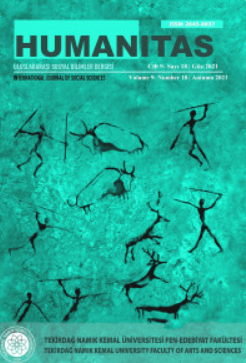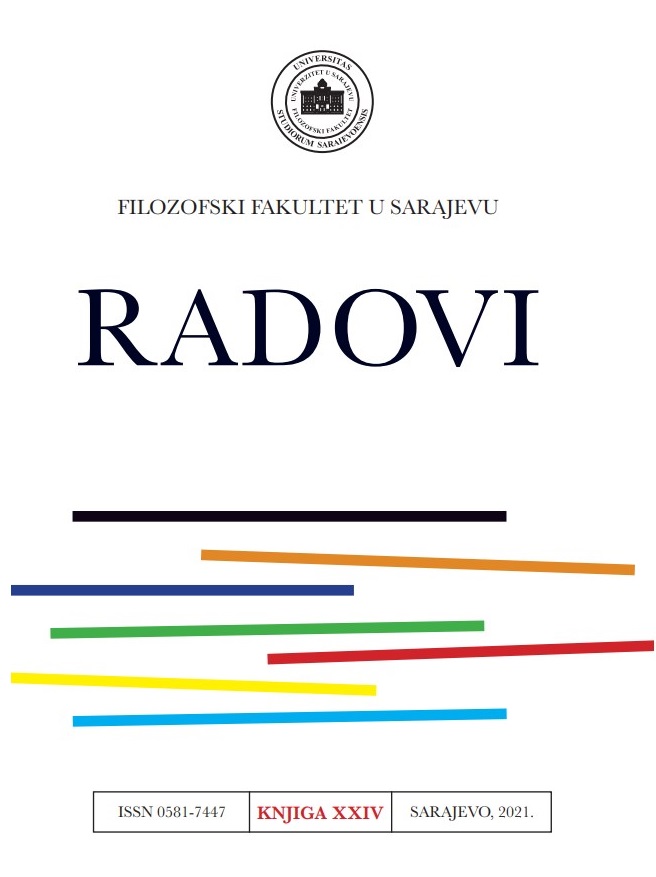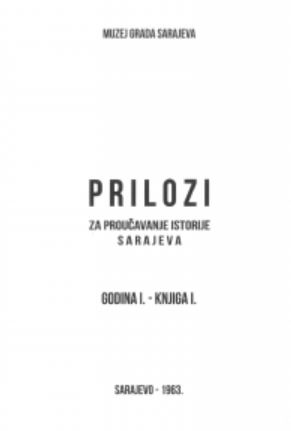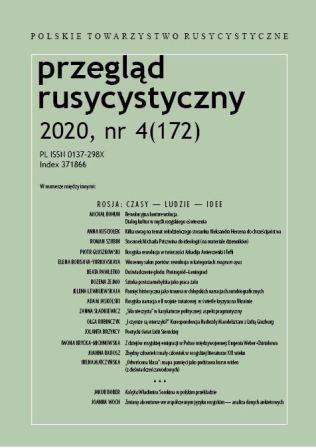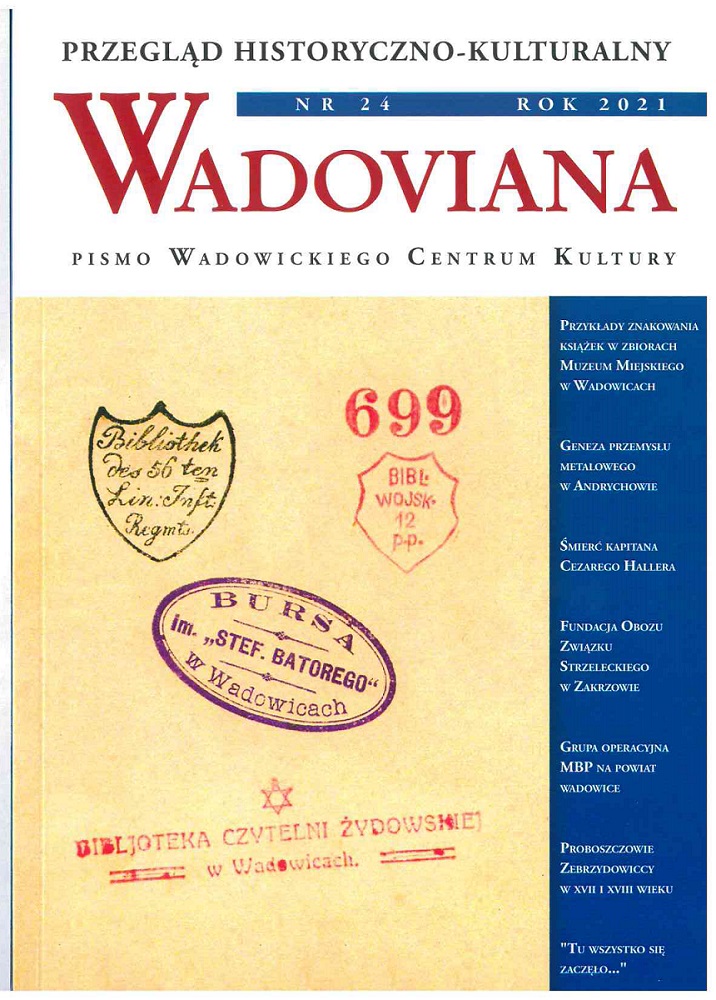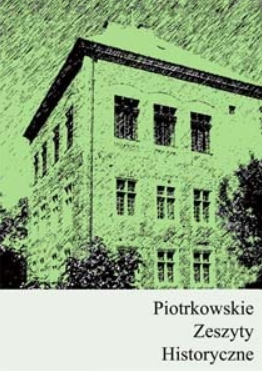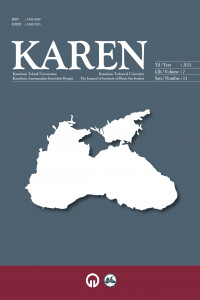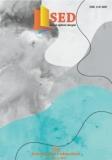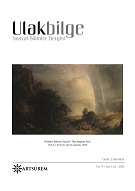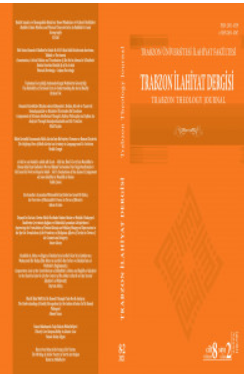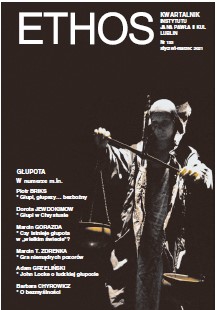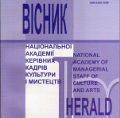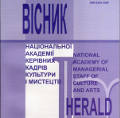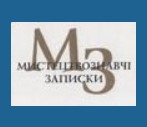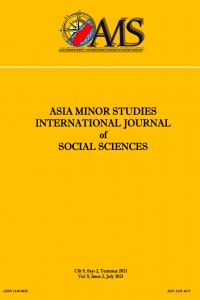
Cephe Tasarımında Sembolizm ve İsmailiye Sarayı Cephesindeki Değişim Süreci
Symbolism, used in all areas of life, is preeminent in architecture. This study elucidates the use of symbolism in facade design, which is one of the most important parts of a building. The correlation between the political and religious influences along with symbolism in the pre and post-restoration of the Ismailiye Palace's facade, amongst the significant structures in Baku, the capital of Azerbaijan, has been examined. The purpose of the study is to analyze the traces of symbolism present in the facade design of the Ismailiye Palace by providing exemplars. In this regard, the reflections of symbolism in facade design on the architectural design through exemplars have been demonstrated. Ismailliyya Palace, which was built by Musa Nagiyev between 1908-1913, has witnessed various historical events. The building, which was looted and set on fire by the Armenians during the events of March 1918, was almost destroyed. Although the USSR decided to demolish the building a few years later, restoration was commenced due to the objection of locals. The Soviet government has restored the building, however made changes in the palace by leaving their trace. In the study, the situation of the building before the fire was compared with its situation after the fire and was examined using the quantitative comparison method, a quantitative-scientific research method. This article regards how the facade of the Ismailiye Building has changed during history on political and religious aspects, with comparative drawings and pictures. Consequently, it is possible to see how effective symbolism is in architecture.
More...
